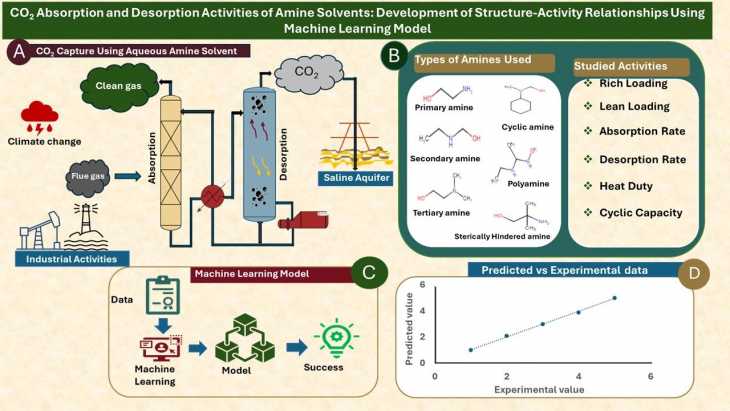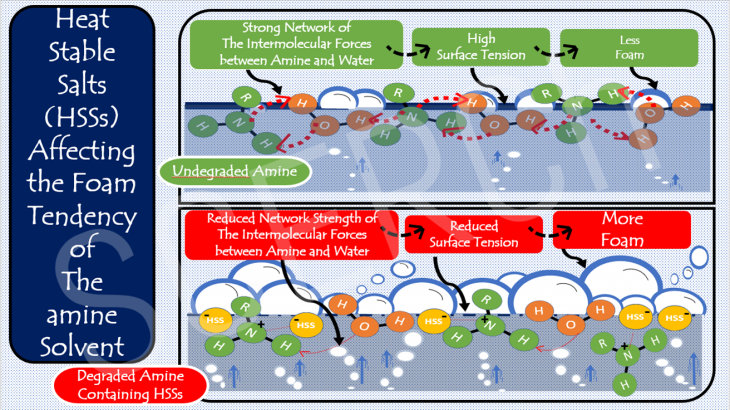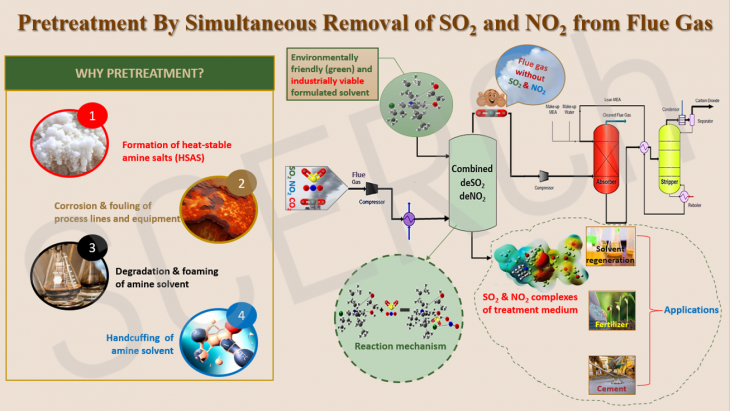
Towards Achieving Net-zero Emissions from the Co-combustion of Natural Gas and Biomass: A Commercial Pathway for Evaluating the Performance of a Novel Solvent Blend
The pressing need to reduce greenhouse gas emissions, particularly CO2, necessitates a clean-up of the energy sector. Coal, traditionally valued for its abundance, low cost, and reliability, unfortunately emits significant amounts of CO2 contributing to air pollution, acid rain, and climate change issues.....
Read More
Storage and Utilization of CO2 in Ready-mix Concrete Using CO2-loaded Aqueous Inorganic Solvent
Recently, there has been significant attention focused on utilizing captured CO2 to produce valuable materials. An example is sequestering CO2 through mineral carbonation and converting it into a commercially valuable product (Jang et al., 2016. Constr Build Mater, vol. 127, pp. 762–773, Elsevier Ltd).....
Read More
Gratitude to the delegation from the Bioeconomy Investment Forum for visiting us at CETRI!
We were delighted to welcome the visiting delegation from the Bioeconomy Investment Forum on May 15th to the Centre for Energy Technology Research and Innovation (CETRI). This on-site visit provided participants with an in-depth understanding of our latest research and innovative achievements in energy technology....
Read More
Dr. Raphael Idem Recognized as Inaugural Highly Ranked Scholar by ScholarGPS
Join us in celebrating Dr. Raphael Idem’s (PhD, P.Eng., FIAAM) exceptional achievement – being named an inaugural Highly Ranked Scholar by ScholarGPS.....
Read More
Using Catboost-SMOTE Machine Learning to Discover Brand New Amines which can be Synthesized and Tested for their CO2 Capture Performance
This post highlights a powerful statistical technique known as Synthetic Minority Over-sampling Technique (SMOTE) that was also used in combination with Categorical Boosting (Catboost) technique in our recently published work on development of a predictive degradation model of amine used in CO2 capture process. Theoretically, SMOTE is...
Read More
Top Cited Papers on AI Models for Correlating Physical Properties and Reaction Kinetics in CO2 Absorption Systems Recognized by AIChE Journal
Excited to share that our research papers titled “AI Models for Correlation of Physical Properties in System of 1DMA2P-CO2-H2O” and “Comprehensive Reaction Kinetics Model of CO2 Absorption into 1-dimethylamino-2-propanol Solution” have been recognized as Top Cited Articles (2022 – 2023) in AIChE Journal among work published between January 1, 2022 to December 31, 2023. Thank you to everyone who contributed to this success.
Read More
CO2 Absorption and Desorption Activities of Amine Solvents: Modeling of Structure-Activity Relationship Using Machine Learning
Selecting amine solvents for CO2 post-combustion capture application requires an experimental screening of the solvents to determine their performance...
Read More
Performance Evaluation of a New Novel Amine Bi-Blend Solvent in a Catalyst Aided CO2 Capture Process in a Full Cycle Mini Pilot Plant
The amine-based post-combustion capture method utilizes reactive solvents, amines, to absorb CO2 from industrial flue gas. Despite its proven success, this method faces a significant challenge due to its high energy requirements. Efforts have been made to enhance the process’s efficiency, particularly in reducing its energy demand. One such endeavor involves the development of solvents […]
Read More
Heat Stable Salts (HSSs) Affecting the Foam Tendancy of the Amine Solvent
The fundamentals of chemistry can help us to understand why heat stable salts (HSSs) make an amine solution more prone to foaming. Foaming is one of the operational issues that can reduce the ability of an amine to capture the CO2.
Read More
Pretreatment by Simultaneous Removal of SO2 and NO2 from Flue Gas
The global concern over climate change has led to the implementation of various measures to reduce greenhouse gas emissions, including carbon capture and storage (CCS) technology.
Read More